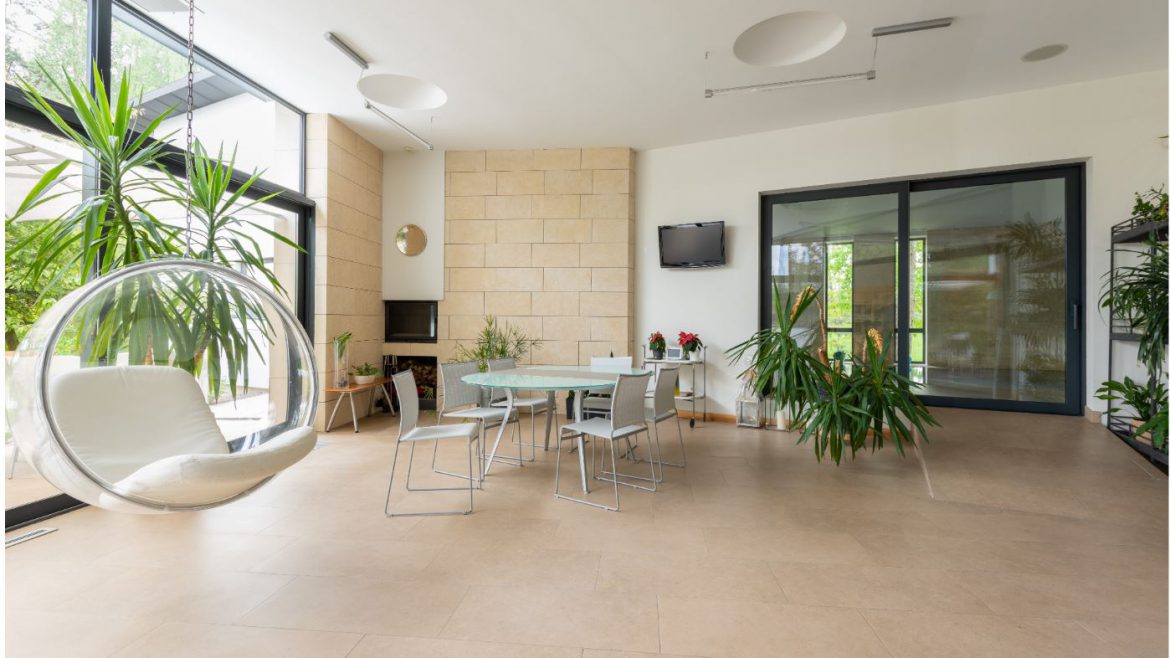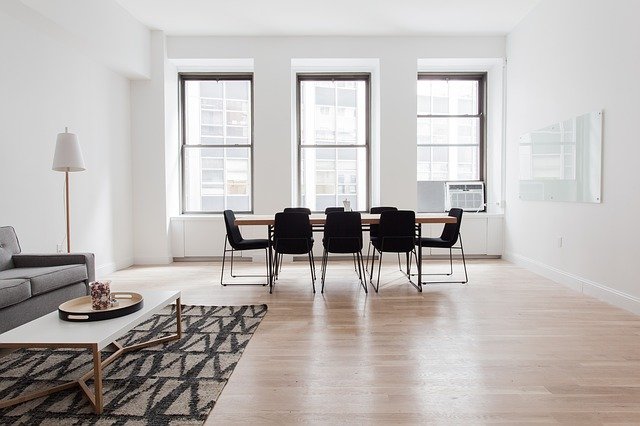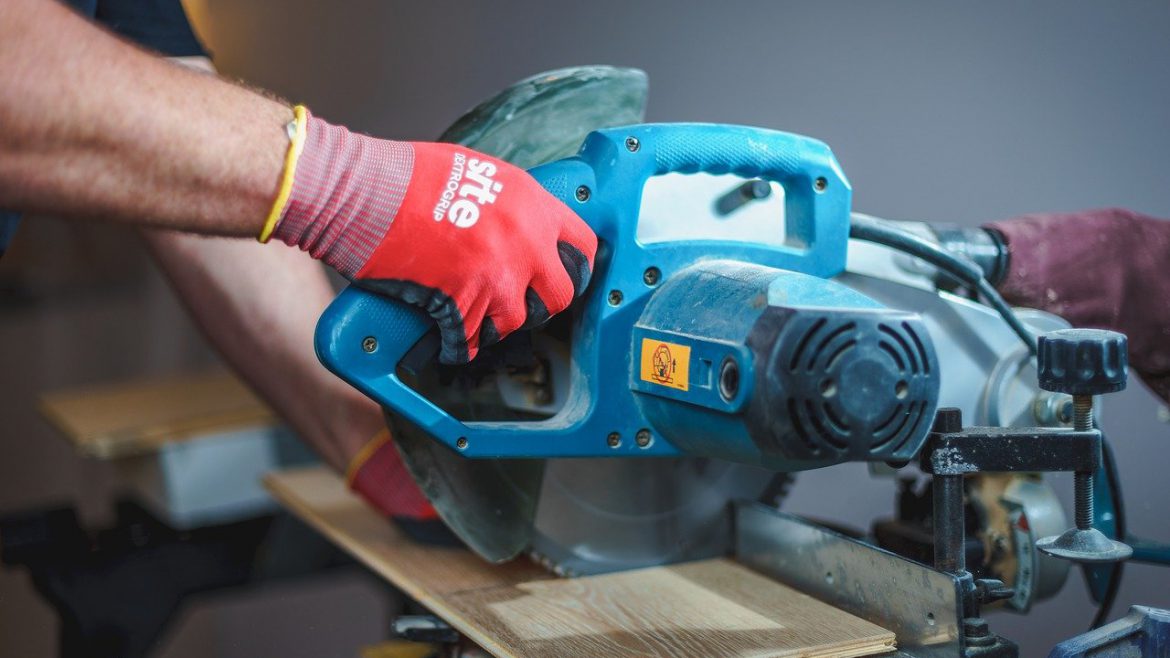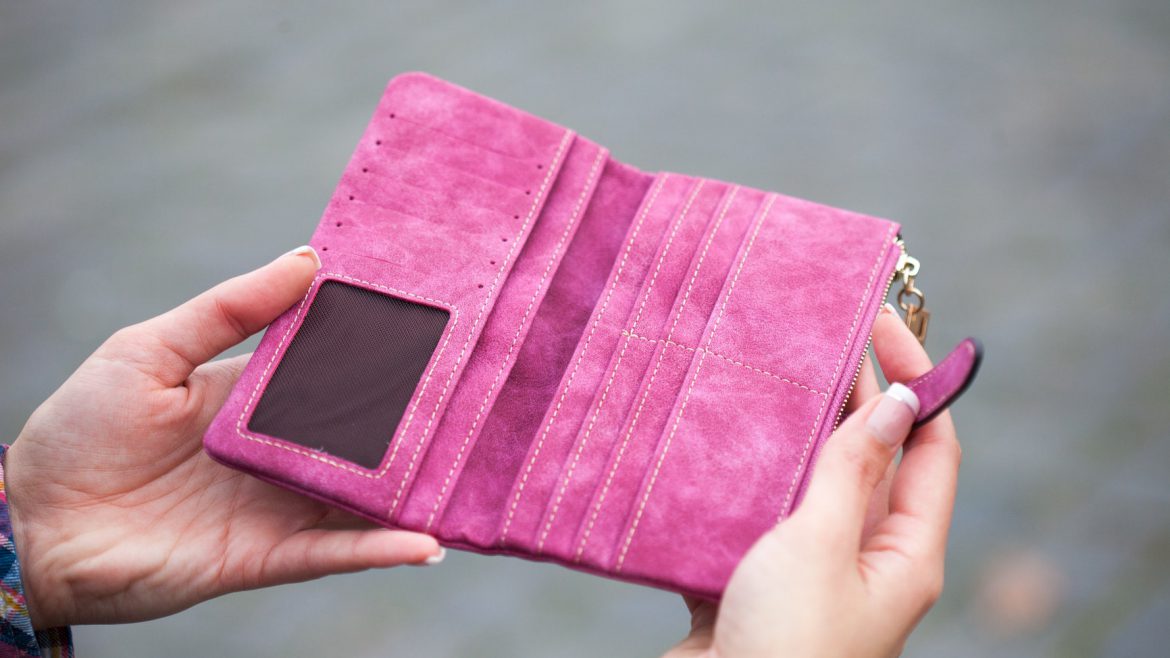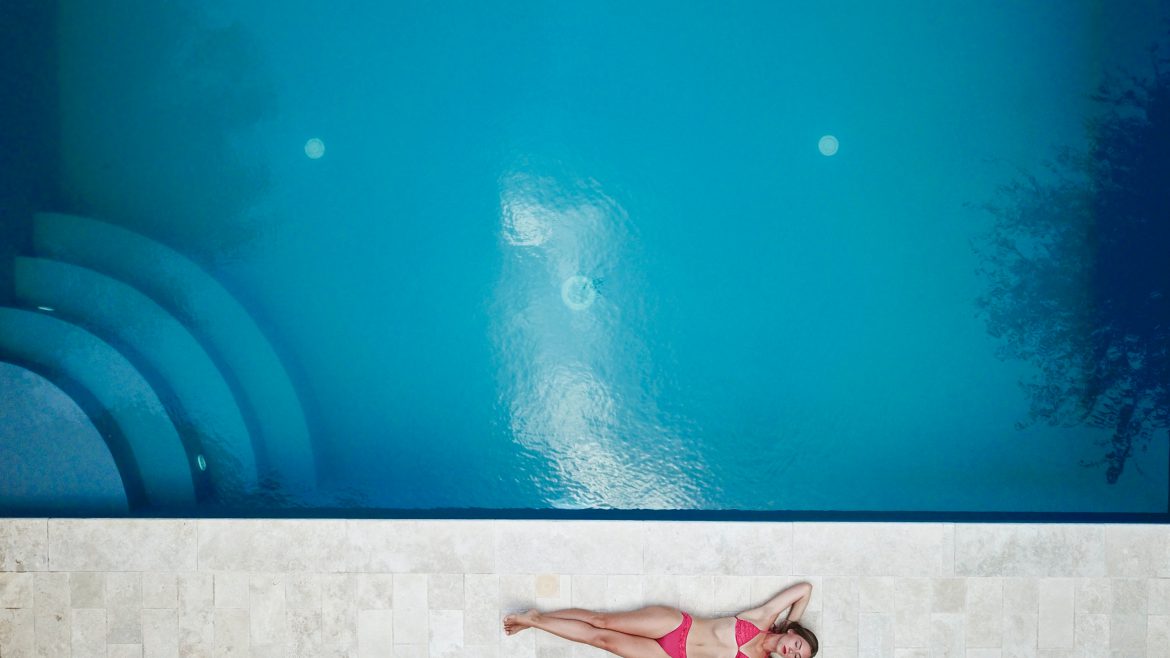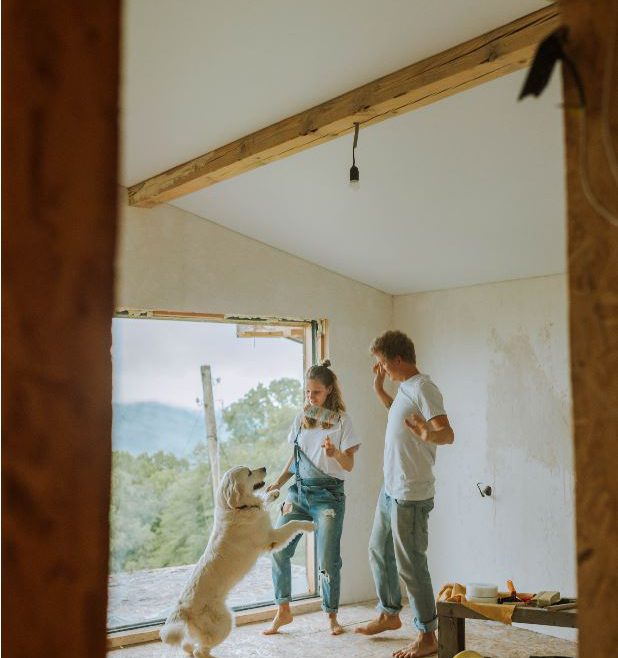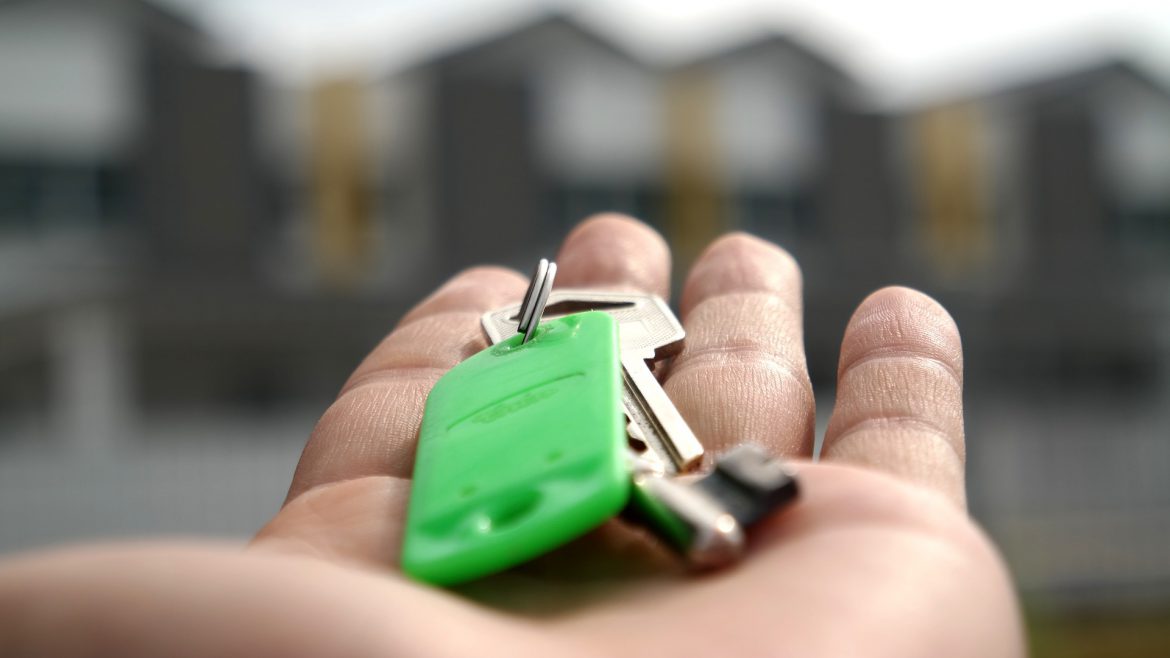Surviving a heat wave without air conditioning
https://imaginahome.com/wp-content/uploads/2021/07/Cooling-off.jpg 888 670 Nisha Muire Nisha Muire https://secure.gravatar.com/avatar/09971b406125a2f92a37bf65b08fd3c3?s=96&d=mm&r=gToronto can get hot during the summer. And, with the city experiencing greater numbers of heat waves every year, beating the heat can take some creativity if you don’t have air conditioning. Here are some tips on cooling off when the heat rises.
Fans
The simplest way of cooling down is to create a breeze – and the best way to do that is with a fan. Whether you choose to install a ceiling fan or purchase a pedestal or box fan, these handy appliances are a fraction of the cost of air conditioning and will help cool you down on hot days.
Ice
If the temperature rises too high and the fans are just recirculating already hot air, you can help add some coolness to the air by putting a bowl of ice in front of your fan. As the ice melts, the fan will spread the cool air around and will bring down the temperature. Just be prepared to make a lot of ice so you can keep replacing it as it melts down.
Water
Yes, water can be your friend on hot days – even if you don’t have a swimming pool. You can always soak in a cold tub or you can even fill up a bucket to soak your feet. You can also soak towels and put them on your head and shoulders to help cool you down.
Basement
Toronto home basements are always cooler than the upstairs. If you are fortunate enough to have a basement, consider spending the hottest parts of the day downstairs.
Hydration
During a heat wave you need to drink plenty of water. As your body sweats, it will lose water and electrolytes – both of which need to be replaced frequently. So, try to drink and have a small snack every so often to keep your body hydrated.
Cool foods
Try to eat “cooling” foods such as salads and cold meals. Try to avoid heavy, protein rich meals, which tend to increase your metabolic heat resulting in you feeling warmer.
Lastly, if the heat is too much, head to an air conditioned public place such as a mall, library, movie theatre, etc… and don’t forget to check on your pets to make sure they are not overheating as well.


